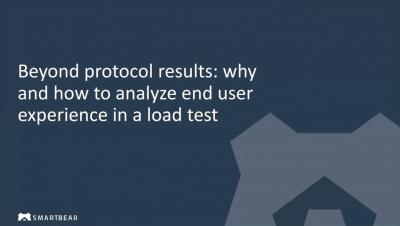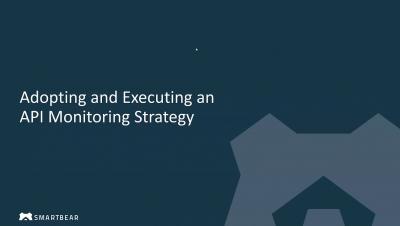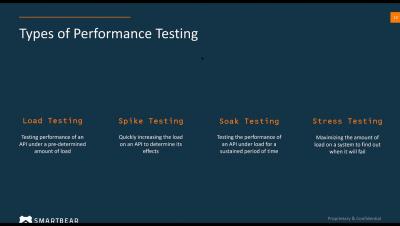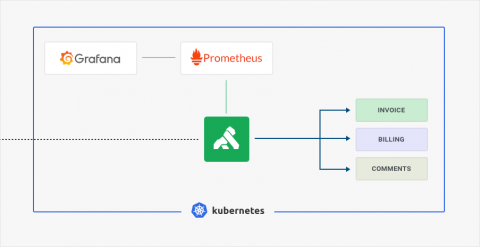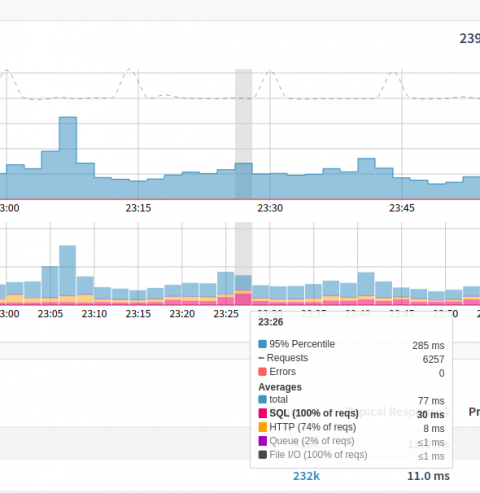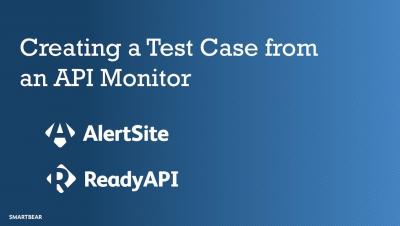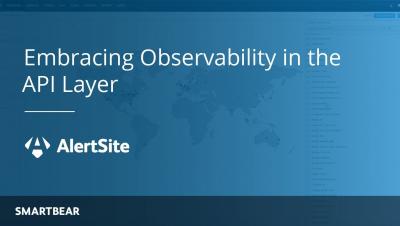Systems | Development | Analytics | API | Testing
Monitoring
End-to-end monitoring of HBase databases and clusters
Running real time data injection and multiple concurrent workloads on HBase clusters in production is always challenging. There are multiple factors that affect a cluster’s performance or health and dealing with them is not easy. Timely, up-to-date and detailed data is crucial to locating and fixing issues to maintain a cluster’s health and performance.
Accelerating API Performance Problem Resolution with API Monitoring
Performance Testing on Every Commit
5 Monitoring Tools Every Startup And MVP Should Check Out
As an entrepreneur and the CTO of a young startup, keeping a close eye on the product is at the top of my priorities. To keep improving the product, I’m always alert to new issues; and seeing those issues from different perspectives is key to resolving problems before users are affected. This is where monitoring comes in. In this blog post, I will get you into my stack and share the list of monitoring tools I’m using on a daily basis.
Observability For Your Microservices Using Kong and Kubernetes
In the modern SaaS world, observability is key to running software reliability, managing risks and deriving business value out of the code that you’re shipping. To measure how your service is performing, you record Service Level Indicators (SLIs) or metrics, and alert whenever performance, correctness or availability is affected.
AlertSite Customers Reduce MTTR and Support DevOps Cycle
New: Downstream Service Monitoring
Having detailed response time percentiles and impact analysis for transactions is great. But often it's not the php application that is causing unwanted spikes in response times rather than services used by your application, such as MySQL, redis, HTTP APIs and so on.


